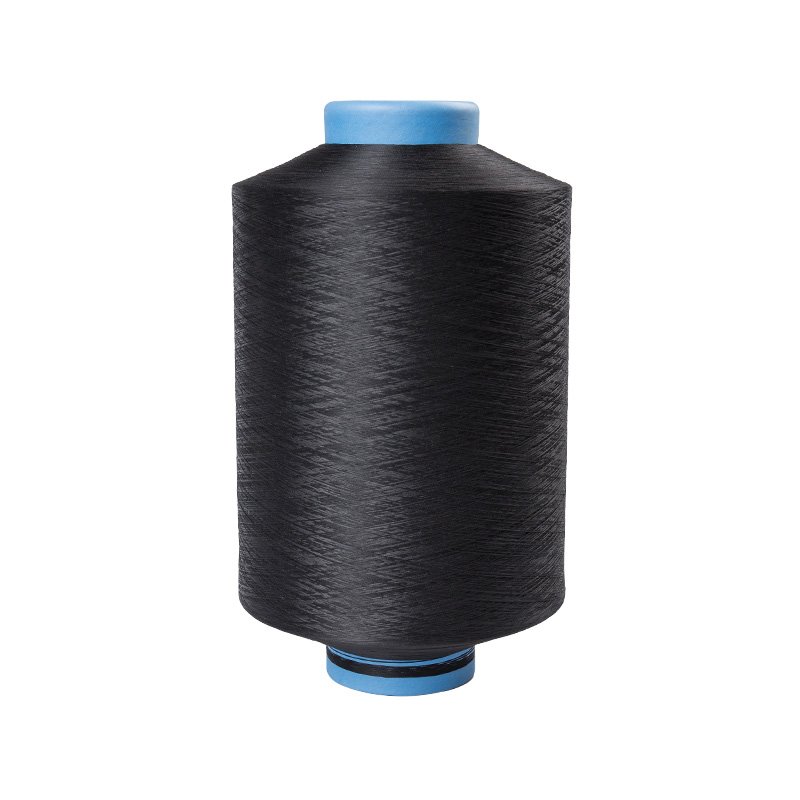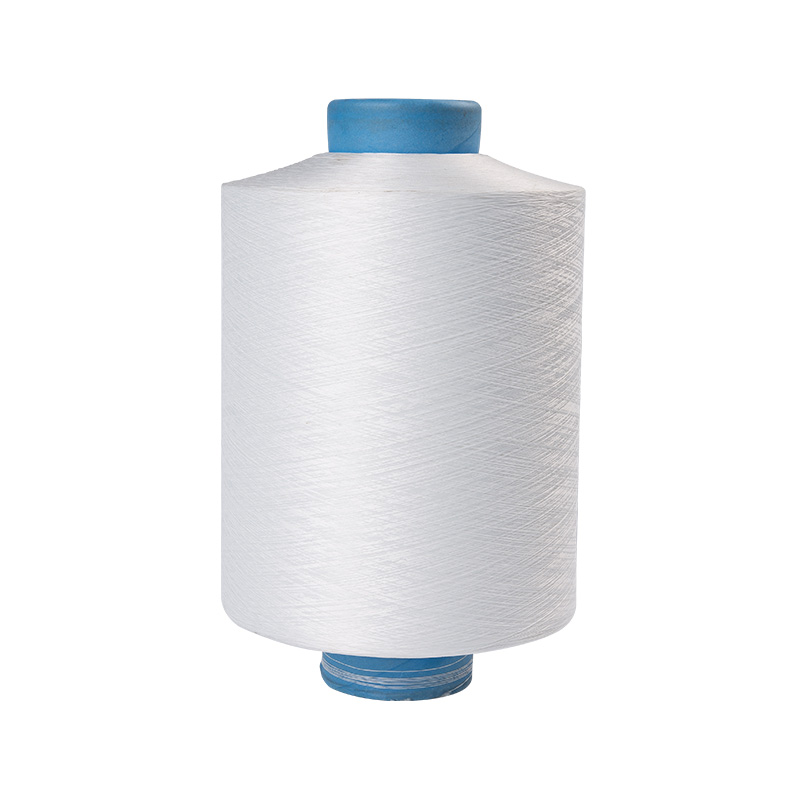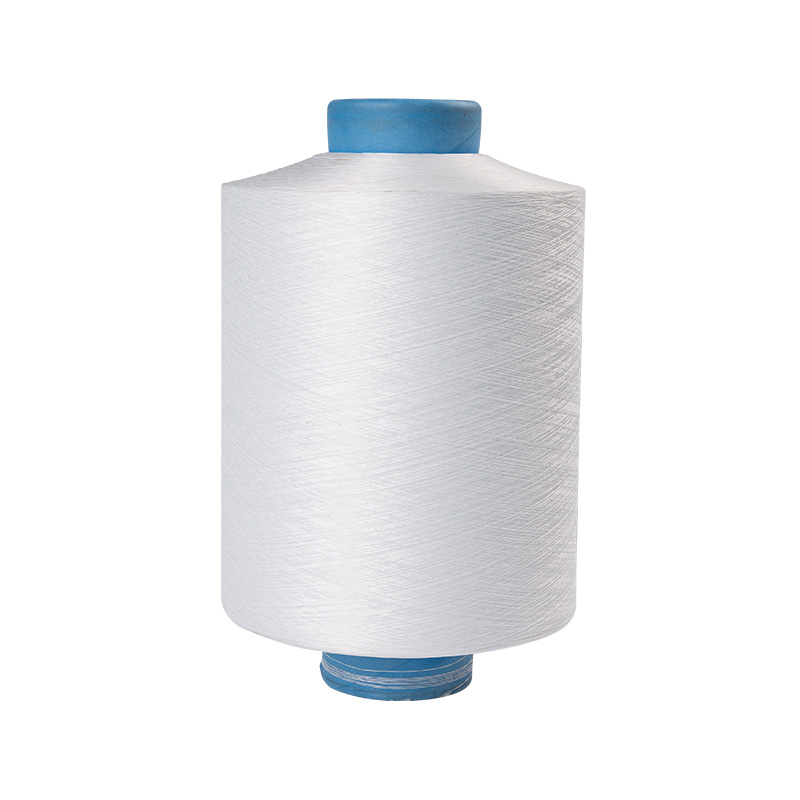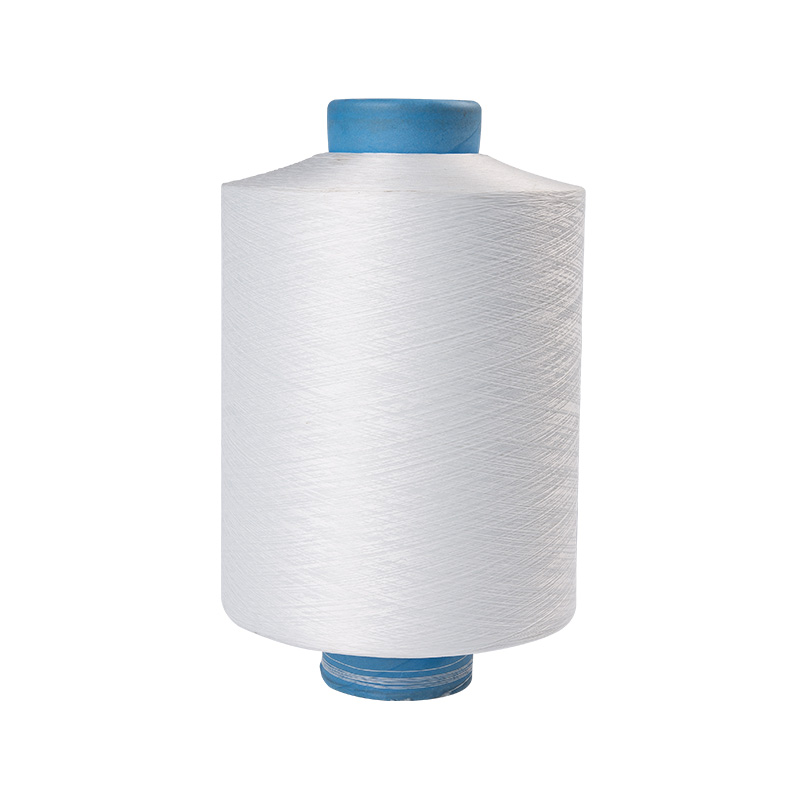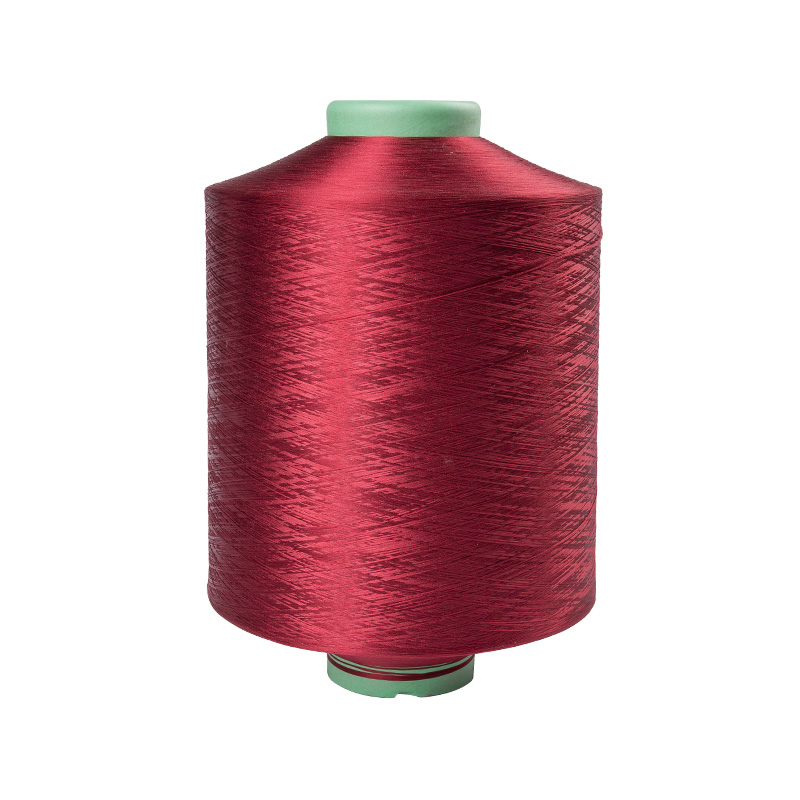In the textile industry, Fully Drawn Yarn is a common fiber material that is widely used in the production of various textiles. FDY is usually manufactured by stretching, heat treatment and cooling to provide a certain degree of strength and toughness. However, with the advancement of technology and changes in market demand, a variant of FDY with superior performance has emerged - High Tenacity Fully Drawn Yarn. This high-strength FDY has been widely used in some specific fields due to its significant performance advantages. So, what is the difference between High Tenacity Fully Drawn Yarn and regular FDY? What are the key differences between them in physical properties, application fields and production processes? This article explores these issues in detail.
1. Basic definition and manufacturing process
Fully Drawn Yarn (FDY): FDY is a fiber material produced by heating, stretching and cooling processes such as polyester and other raw materials. This process allows the fiber to obtain better uniformity and strength while still retaining high softness and elasticity. FDY is mainly used for weaving and knitting fabrics and serves as an important raw material for the production of chemical fiber fabrics.
High Tenacity Fully Drawn Yarn (HT-FDY): HT-FDY is similar to conventional FDY in that it is a fully drawn yarn manufactured through a drawing and cooling process. But unlike conventional FDY, HT-FDY adopts a special high-strength treatment process during the production process, which significantly improves the tensile strength of the fiber. HT-FDY generally uses a higher draw ratio and optimizes process parameters to ensure higher strength and tensile properties.
2. Differences in physical properties
Strength and Toughness:
One of the biggest features of HT-FDY is its high strength. High-strength fully drawn yarn uses a special production process and material selection to greatly enhance the tensile strength of the fiber compared to conventional FDY. This means that HT-FDY has better tensile resistance and wear resistance, so it is suitable for some applications that require higher strength and durability.
The strength of conventional FDY is usually suitable for general weaving and knitting fabric needs, but it may not be ideal in certain occasions with high strength requirements (such as safety belts, industrial fabrics, etc.).
The strength of HT-FDY is usually more than 1.5 times that of conventional FDY, and it can withstand greater tension and pressure. Especially in some environments that require high strength and high wear resistance, HT-FDY performs particularly well.
Breakage resistance and durability:
Because HT-FDY has a larger draw ratio during the production process, the fiber structure is tighter, and the surface is smoother, so it has stronger fracture resistance and wear resistance. In comparison, the durability of conventional FDY is slightly inferior, and it is prone to wear or breakage especially in high-stress environments.
Dimensional stability:
HT-FDY generally has better dimensional stability. In extreme environments such as high temperature and high humidity, HT-FDY has smaller dimensional changes and can maintain better shape and strength. Conventional FDY may undergo slight changes in size during long-term use, affecting its service life.
3. Application areas
Applications of conventional FDY:
Conventional FDY is mainly used to produce light and medium-sized fabrics, such as shirts, skirts, curtains and bedding. Due to its moderate strength and flexibility, it is also often used in the production of various woven fabrics, carpets, shoe materials and other daily necessities.
Applications of HT-FDY:
HT-FDY is mainly used in professional fields that require high strength and durability. For example:
Industrial cloth: such as fireproof cloth, safety belt, industrial filter cloth, etc. These products have high requirements on fiber strength and wear resistance.
High-performance sportswear: such as mountaineering clothing, ski clothing, etc., require fabrics with high tensile strength and wear resistance. HT-FDY can provide longer service life and better performance.
Automotive and aerospace fields: Used in the manufacture of car seats, headliners, aerospace fabrics, etc. These applications require fabrics to be both lightweight and high-strength.
Military products: such as body armor, tactical equipment, etc., HT-FDY can meet the strict requirements for fiber strength and tensile strength of military products.
4. Differences in production processes
The production process of conventional FDY is usually relatively standard, by controlling temperature, draw ratio and cooling rate to produce fibers that meet basic performance requirements. The production process of HT-FDY is more complex and requires special technical means during the manufacturing process to improve its strength and stability.
Draw ratio: The draw ratio of HT-FDY is usually higher than that of conventional FDY. The fiber is stretched longer during the drawing process, thereby increasing the density and strength of the fiber.
Heat treatment process: HT-FDY may use higher heat treatment temperatures or other special process means during the production process to ensure the best balance of fiber strength and toughness.
Post-processing: High-strength fully drawn yarn usually undergoes special post-processing, such as heat setting, surface coating and other processes, to enhance its resistance to breakage and aging.
5. Cost differences
Since the process of producing high-strength fully drawn yarn is more complex and the materials and technical requirements used are higher, the production cost of HT-FDY is usually higher than that of conventional FDY. High-strength fully drawn yarn not only requires a higher technical level, but also involves more sophisticated production equipment, so its price is usually more expensive.
Conventional FDY has relatively low production costs and is suitable for mass production and daily consumer goods.
The cost of HT-FDY is higher, but in special application fields, it can still meet the market demand due to the added value and superior performance it provides.

 English
English 中文简体
中文简体